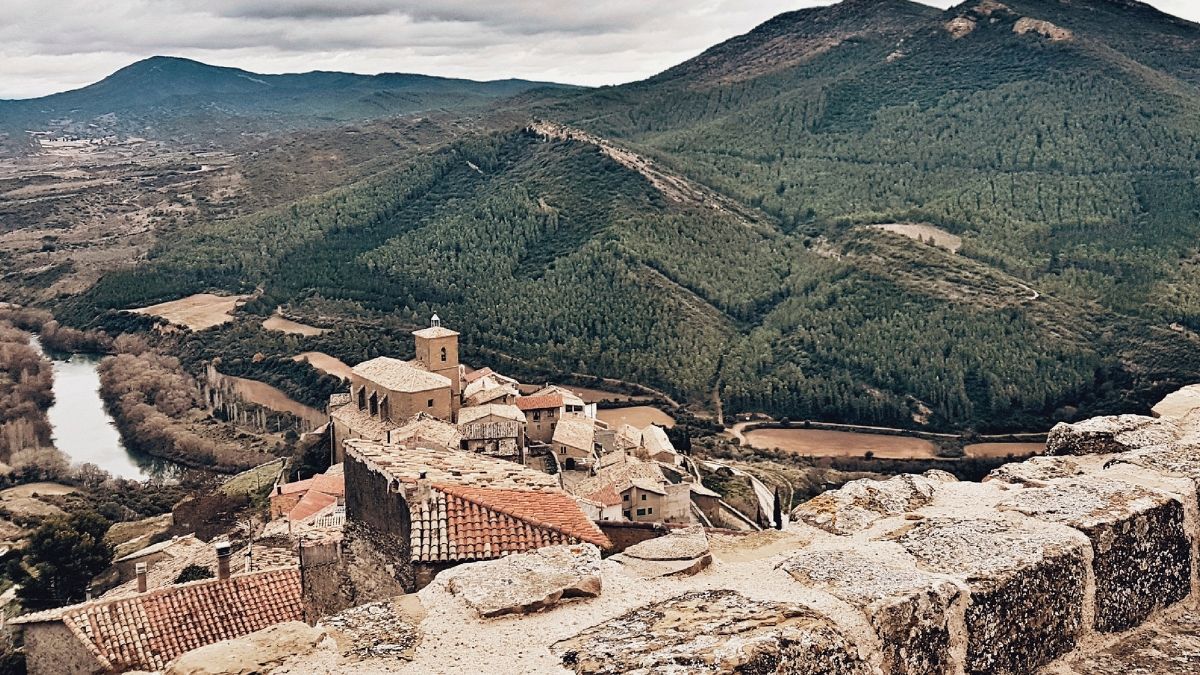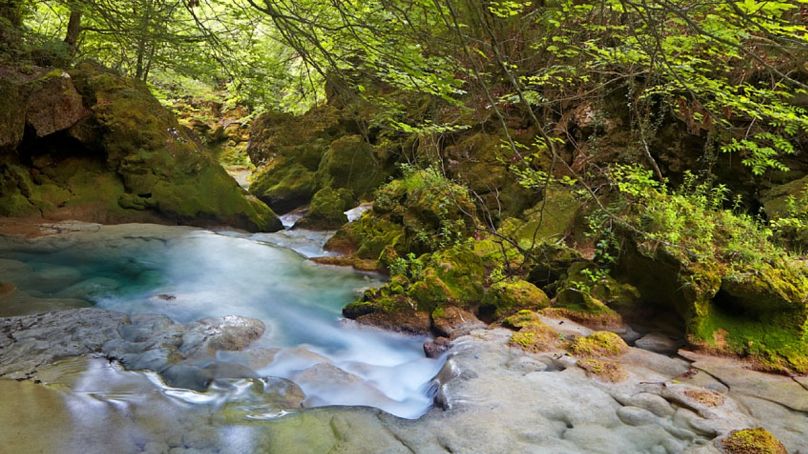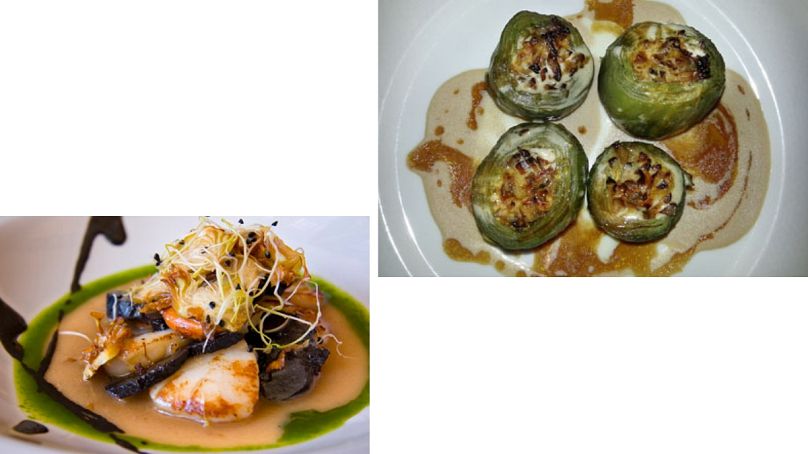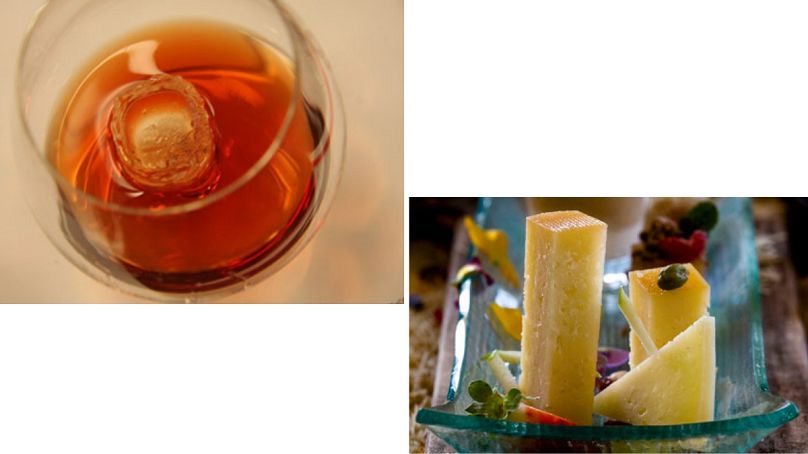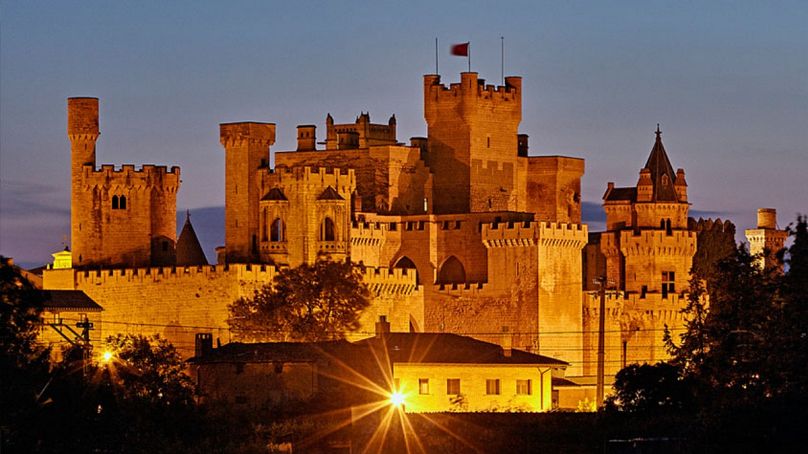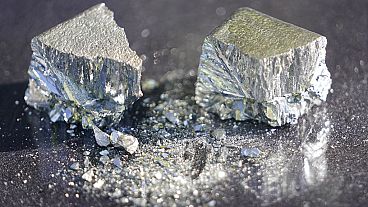A complete guide to this singular Spanish region known for its rare delicacies and scenic ‘greenways’.
Navarra is a land of contrasts. Green valleys and dense forests stand alongside mountainous areas and the impressive desert and natural park of Bardenas Reales and its lunar landscape, which looks like straight out of a sci-fi movie. The Kingdom of Navarre, originally the Kingdom of Pamplona, was a Basque-based kingdom located on either side of the western Pyrenees mountain chains, alongside the Atlantic Ocean between present-day Spain and France.
Today, this 10,390 square km autonomous community (since August 1982) is officially known as the ‘Comunidad Foral de Navarra’. It is bordered by France to the north and by the autonomous communities of the Basque Country to the west, Aragon to the east and south, and La Rioja to the southwest. Many hikes go through Navarra including The Camino de Santiago (Saint James’s way) and agrotourism is a big deal here. Local organic production of peppers, asparagus, tomatoes, artichokes, honey and truffles as well as wine attract many foodies in this green corner of Spain.
Green hikes: following the ‘greenways’
Greenways are tracks that cover former railway routes. These are walking paths that are not congestionned by any traffic and seek to reconnect people with nature and promote respect for the region’s environment. Five of these routes cross Navarra, giving people a chance to discover the countryside, the history and the culture of the region in a very different way.
In the Riberia area, the Tarazonica Greenway is a 22 kilometers path that starts in the monumental city of Tudela, taking people deep in Navarra’s natural landscapes along the banks of the river Ebro until they reach the impressive Moncayo mountains.
In the Pyrenees, three routes are possible. The 35 kilometers long ‘Bidasoa Greenway’ slowly unfolds along the banks of the river Bidasoa through green meadows peppered with little hamlets and typical villages as well as several forgotten bunkers. The Lumbier Gorge Greenway is much shorter (only 6.38 kilometers long) and offers impressive sights. Going through limestone ravines it goes from Lumbier to Liédena.
Finally, the Plazaola Greenway lasts for 54 kilometers, 32 of them through Navarra. This is a path that runs through beautiful landscape of the valley of Larraun or Leitzaran, between forests and meadows. It used to be the path of the steam train that joined Pamplona to San Sebastián; which ended its service in 1958.
Finally, the Basque-Navarran Railway Line in the centre of the region offers a walk in the depth of nature, between the mountains and the wide fields of cereal crops.
All the truffles you can eat
If there is one delicacy that you won’t be able to refrain yourself from eating in Navarra, it’s truffles. The region is proud of these delicate little fungi and even has a dedicated museum for you do discover the world of truffles. Collected thanks to the help of specially trained dogs, truffles are naturally found in great numbers in the woods of Lóquiz mountain range and of the Valdorba valleys.
One of the most popular ecotourism activity around truffles begins at the Truffle museum in Metauten, where people get a chance to learn more about the history of truffles, their use in the gastronomy, their characteristics and their place in the region’s environment. Afterwards, visitors can be treated to guided walks through the truffle areas of the Allín valley, dog training display, truffle product tasting and, in season, truffle hunting.
“When people come, we want them to have a great time and to learn about truffles. In winter and in summer, after visiting the museum, we take them to a farmhouse nearby and they get to collect truffles with our dogs. Truffles are such an important product for Navarra because they boost the local economy and give work in winter to agricultors. They also teach the many people that come visit us from outside Navarra about our natural territory, about loving and respecting it,” says museum guide Chencho Zugasti.
Beekeeping and ethical honey production
If you have more of a sweet tooth, and would like to discover the secrets of beekeeping and honey production in an ethical and sustainable way, Navarra offers a lot of options. Throughout the region, people can find a good accomodation in several rural lodges whose owners are also beekeepers. You can find the best addresses here. All offer the opportunity to participate in the extraction and tasting of honey, also giving you the possibility to take some honey jars home.
Scenic Spanish wine route
Many wineries are found across Navarra, allowing people to discover the region along its wine route. The history of wine production in Navarra goes back twenty centuries, and is famous for its rosé wines; although young reds, Chardonnay white wines, and white muscatel are also part of the popular drinks to try.
Among those, organic wines are started to take more protagonism, attracting tourists interested in learning more about organic wine production. To date, 11% of the wines of Navarra are certified organic, and a dozen wineries are now producing biodynamic wines.
To plan your trip among vineyards and hit the ecological wineries, take a look at the dedicated website “Ruta del Vino”:
For a full list of all the accommodations that offer agritourism activities, including activities with farm animals, you can have a look on the official tourism page here.
Writer: Léa Surugue
